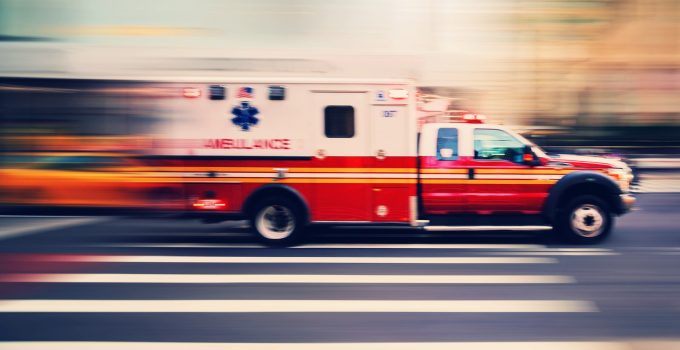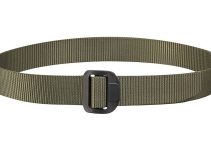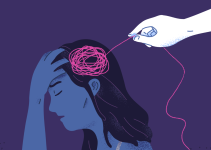Exploring the Remarkable Impact of Automated External Defibrillators (AEDs) on Cardiac Emergency Survival Rates
Medical emergencies often catch us off guard, and when the heart stops, time becomes a crucial factor. Every second becomes invaluable and can mean the difference between life and death. While the traditional response has been to call an ambulance, there is another player at the table that can make a significant difference – first aiders armed with AEDs. Our friends at DDI Safety have delved deep into this topic and shed light on the incredible impact of AEDs and trained first aiders in increasing the chances of survival and recovery during cardiac emergencies.
The Challenge of Response Times: Despite the commendable work done by emergency medical services, their response times often average around 10 minutes or more, particularly in remote areas. In the case of a cardiac emergency, these minutes can feel like an eternity and may lead to irreversible damage or even loss of life. This is where the timely intervention of an AED becomes crucial.
Skyrocketing Survival Rates with AEDs: Sudies have consistently shown that using an AED within the first 3-5 minutes of cardiac arrest can lead to a staggering increase in the survival rate, reaching an impressive 74%. This statistic highlights the critical role of AEDs as game-changers in cardiac emergencies. When compared to the average response time of emergency medical services, it becomes evident that immediate access to an AED can significantly improve survival outcomes.
A Dual Response Approach for Optimal Results: It is important to emphasize that DDI Safety does not suggest disregarding the need to call an ambulance in a cardiac emergency. On the contrary, calling for professional medical help should always be a priority. However, while waiting for the ambulance to arrive, first aiders equipped with AEDs can take immediate action. This dual response approach maximizes the chances of survival by quickly initiating potentially life-saving interventions. By utilizing AEDs in the critical minutes before professional medical help arrives, individuals can bridge the gap and provide immediate care, potentially preventing further harm and increasing the likelihood of a better recovery.
Empowering Everyday Individuals as Life-Savers: Implementing AEDs in a Variety of Settings The widespread implementation of AEDs in workplaces, public spaces, and even homes has the power to transform everyday individuals into potential life-savers. By making AEDs easily accessible and providing proper training to individuals, we empower them to take action in the event of a cardiac emergency. This intervention benefits not only the person experiencing the cardiac event but also the first aider who can effectively intervene and provide crucial assistance. Moreover, the broader community becomes safer with every AED placement and first aider trained, as a collective effort to enhance emergency response capabilities.
The Real Winners: Acting Swiftly to Save Lives In conclusion, those who grasp the importance of safety measures recognize the criticality of every second when it comes to cardiac arrest. Acting swiftly with an AED can undeniably save lives. The ability to provide immediate care and initiate vital interventions significantly increases the chances of survival and improves overall outcomes. Therefore, the next time you contemplate safety measures, remember the indispensable role of AEDs and the power of immediate action in mitigating the consequences of cardiac emergencies. By implementing AEDs, training first aiders, and fostering a culture of proactive response, we can create a safer environment for everyone, with the potential to save countless lives.



